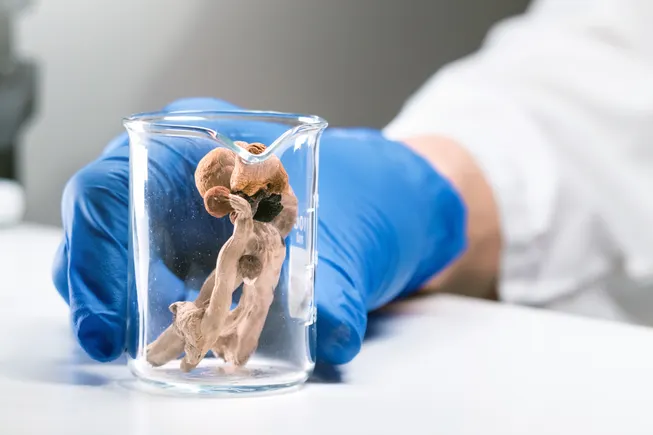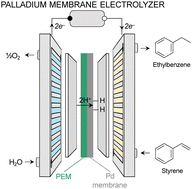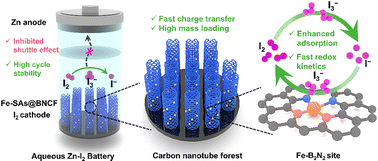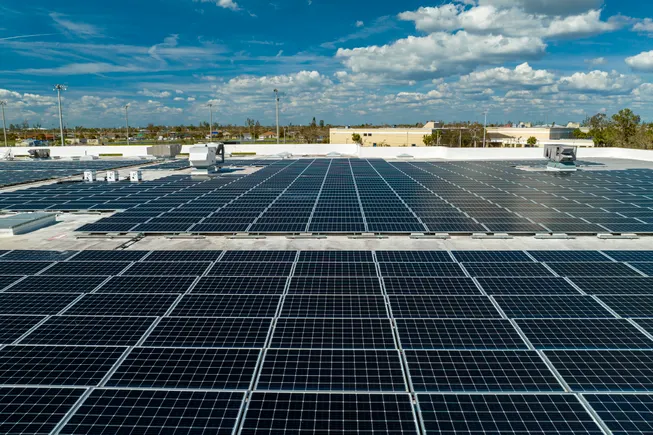Advanced Multifunctional Sodium‐Ion Battery with High Current Conversion, Long Cycle Life, and All‐Climate Temperature Range by Dual‐Multivalent Cation Doping Strategy
Advanced Energy Materials, EarlyView.

A versatile cathode material for NVTC sodium-ion batteries is successfully synthesized by introducing Ti/Cr bimetallic ions into the vanadium sites of NVPOF via a simple hydrothermal method. The material demonstrates outstanding electrochemical performance over a wide temperature range of −15–50°C, as well as exceptional fast-charging capabilities, low self-discharge rates, and remarkable commercial full-cell electrochemical performance.
Abstract
The polyanionic fluorophosphate Na3V2(PO4)2O2F is regarded as one of the most prospective cathode materials for high-energy-density sodium-ion batteries (SIBs), owing to its high operating voltage and ideal theoretical specific capacity. Nevertheless, its low kinetics significantly restrict its electrochemical performance and practical applications. In this paper, a novel bimetallic-doped cathode material, Na3V1.90Ti0.05Cr0.05(PO4)2O2F (NVTC), based on V-site multivalent cations, is developed. When used as a cathode material in sodium-ion half batteries, it can be stably cycled for 3000 cycles with a capacity maintenance ratio of 96.88% at an ultra-high current density of 20 C. Furthermore, replacing the ether electrolyte allows NVTC to cycle stably for 150 cycles with an average Coulombic efficiency of 98.34% under harsh conditions of −15 °C (1 C current density). Moreover, NVTC exhibits a preliminary specific capacity of 110.5 mAh g−1 at 50 °C and can operate stably for 2500 cycles (5 C current density). Remarkably, NVTC demonstrates ultra-fast charging capability (full charge in just 1.21 min at 30 C current density) and a low self-discharge rate (0.006318 V h−1), alongside considerable electrochemical performance for high-quality loads. This study is expected to positively impact the future development of advanced multifunctional SIBs.







































































































![[Updated] B-2 Spirit Bombers Struck Iranian Nuclear Sites](https://theaviationist.com/wp-content/uploads/2025/06/B2sGuam_2.jpg)









































